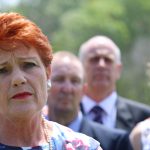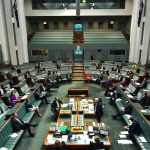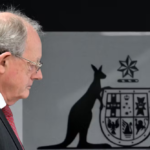What does plain packaging tobacco mean for the future?
The packaging of tobacco is a major part of its advertising. Stafford Sanders says this month's ruling by the Australian High Court to allow plain packaging will see a change in tobacco sales around the world.
For now, the tobacco industry in Australia has been put back in its box – a plain, drab one. No more selling of addictive lethal products in glitzy packs.
Australia‘s High Court has certainly delivered a body blow to an industry that sell death on every street corner. The tobacco giants are fuming about the loss of their “silent salesman”: their package, for so long the lynchpin of their strategy to lure and addict child smokers with highly recognized logos, cheery colours, beach scenes and racy images.
Much worse for Big Tobacco than this happening in little Australia is the near-certainty of it now spreading to much larger markets – no less than seventeen countries have expressed interest, UK and New Zealand set to be among the first.
So we’re right to congratulate our government, ministers (particularly Nicola Roxon), our Parliament, health leaders and the community for this telling win.
So what’s next, given we still have over five million deaths a year worldwide, tobacco products sold widely in shops with unregulated contents, and governments still investing in tobacco companies?
We could keep chipping away at smoking rates… or we could set an end-date like New Zealand has, where after 2025 there will be no more tobacco sales in shops. The advantage of this is that health authorities then can work backwards, setting milestones of increasing tobacco tax to make tobacco less affordable, regulating contents and additives, ending remaining forms of tobacco advertising including discounting ploys; supporting smokers with quitlines and mass media public education campaigns; and closing loopholes in smokefree places laws.
An essential next step would be for Australian Federal, state and territory governments to stop investing in tobacco companies, as the ACT Government has just done. Pouring money into an industry that undermines health policies and targets children and poor people is unethical and socially irresponsible.
These steps are within reach in Australia, but in many countries are still a long way off. The tobacco industry is well aware how much profit can be milked from nations where regulation is low, where labour – and politicians – can be bought cheaply. The industry is despised worldwide, its decades of deceit and bullying dragged into public view; but it still has vast resources, great promotional, political and legal ingenuity, and major clout in high places.
But even some of the poorest nations are fighting back – empowered by a worldwide tobacco control treaty and a health community determined to fight the industry globally, including pushing for systematic policies to resist tobacco industry interference.
It’s not “nanny state” to protect the health of a population – including the future generations of children. From the end of 2012, they’ll no longer be exposed to sales of poison in glitzy, cool packs. Health authorities have set end dates for polio, malaria and other diseases, so why not tobacco by 2025?
The whole world is literally sick of tobacco. The treatment has begun but the recovery will be slow and difficult – and those responsible for spreading the disease will fight every inch of the way.
Stafford Sanders is Communications Officer of Action on Smoking and Health (ASH) Australia and co-ordinator of the NGO coalition Protecting Children from Tobacco.











